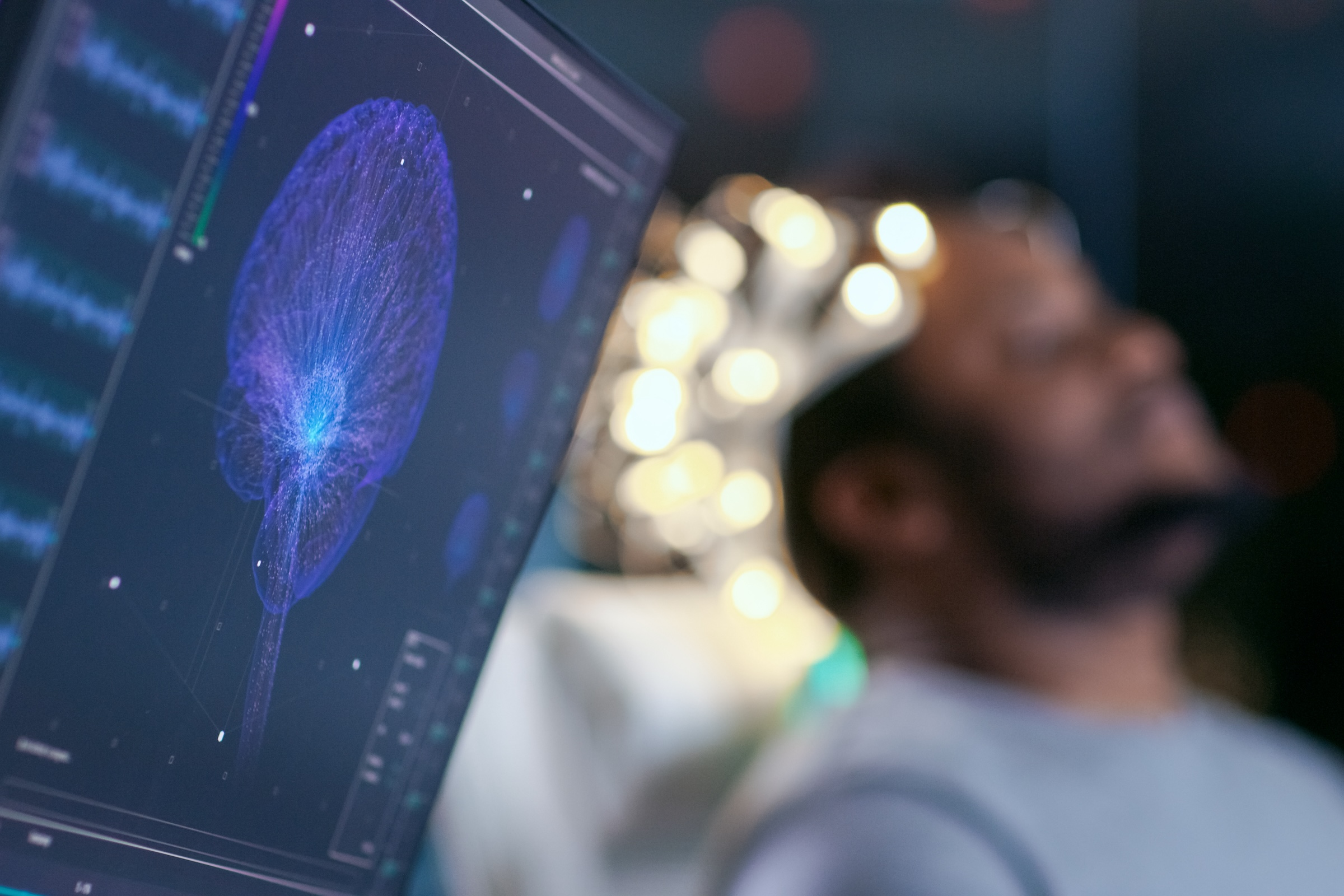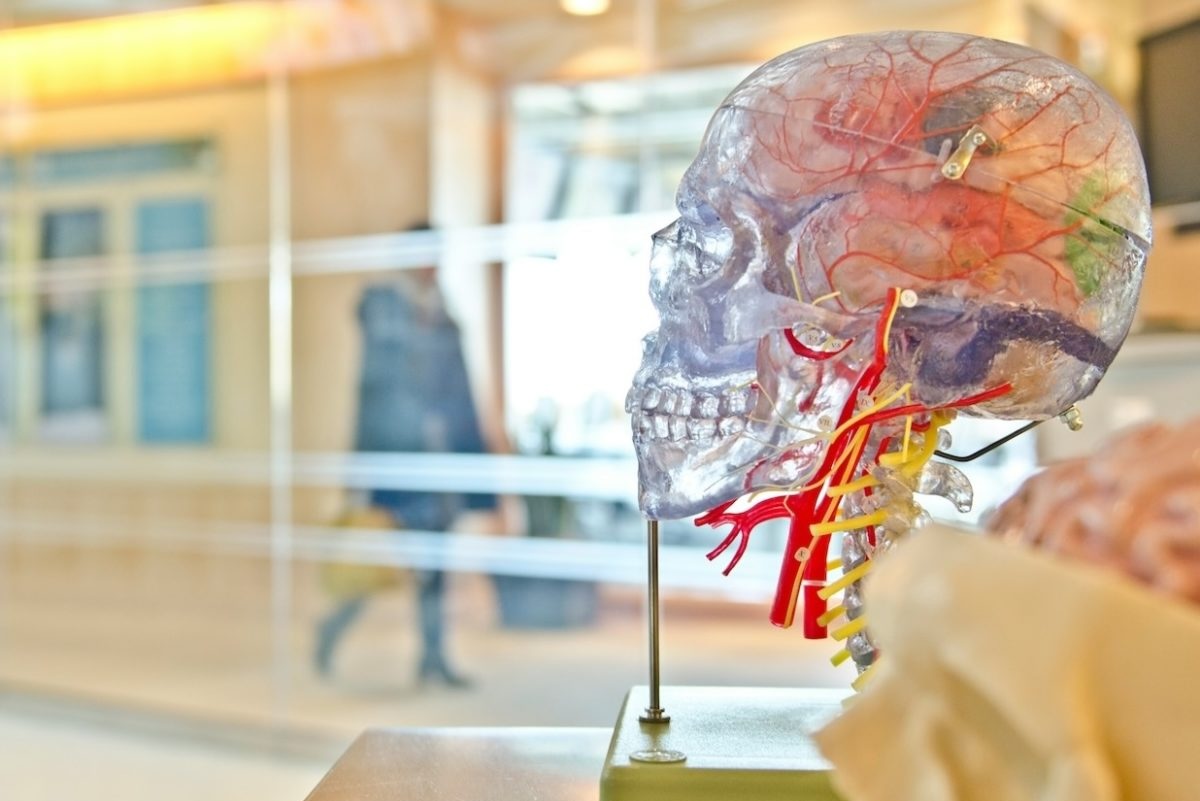When suffering increases: accompanying illnesses with headache and migraine
The World Health Organisation (WHO) counts migraine as one of the most severely disabling illnesses affecting humanity. Headache disorders are a great burden to those affected by them. In addition, people suffering from headaches or migraine have a higher risk of developing further illnesses or problems. Emerging research is focusing increasingly on these accompanying illnesses (the specialist term for them is “comorbidities”) with headaches and migraine. This article presents the newest findings in this field.
Studies prove risk for people with headaches
An extensive study analysed research findings from the years 2000 to 2020, with information from 4.2 million people with headaches. Accompanying illnesses with headaches and migraine were reported in almost two thirds (around 64%) of cases. The most commonly named accompanying illnesses were depressive illnesses, high blood pressure, and anxiety disorders. It can meanwhile be regarded as certain that primary headache disorders are associated with a variety of comorbidities. This means that people suffering from so-called primary headache disorders, such as migraine or tension-type headache, are fundamentally at a higher risk of a range of accompanying illnesses.
Correct results are rare
The surveys show that accompanying illnesses with headaches are frequently not accurately identified and are attributed to the underlying headache. For example, signs of anxiety or depressive disorders are often not recognised as such. This makes targeted treatment impossible. Often, treating doctors have hardly any awareness or knowledge of accompanying illnesses for headaches. This means that patients are not getting the necessary support for their symptoms. This can have serious consequences for affected people. This is because a holistic diagnosis which takes all relevant circumstances into consideration can lessen their suffering and significantly increase their quality of life.
The accompanying illnesses are varied
People affected by a primary headache disorder suffer from depression and anxiety around 20% more than the headache-free population. Younger rather than older and female rather than male patients are particularly severely affected. The most commonly occurring psychiatric comorbidities (illnesses affecting the mind; literally translated, “psychiatry” means something like “healing of the soul”) were anxiety (25%), depression (23%), and so-called post-traumatic stress disorders (15%). The latter are characterised by reduced resilience in daily life, nervousness, overexcitability, as well as the loss of self-confidence and self-assurance.
In addition, physical illnesses such as high blood pressure also occur at a higher rate, although older age groups and male patients are more severely affected by these. Heart and circulation disorders form a significant part of the accompanying illnesses for headaches. Thus, migraine (especially migraine with aura) in young women puts them at significant risk of stroke. Heart diseases based on circulatory disorders also occur more frequently in migraine patients than in the rest of the population.
The negative impacts on affected people increase with accompanying illnesses
Newer studies consider the degree of personal impairment which affected people experience through their migraine in relation to the additional impairment from accompanying psychiatric illnesses. This showed a significant additional burden through accompanying mental illnesses. For example, the proportion of patients with moderate to severe impairment was around 28% for “migraine only” patients. If they also had anxiety, this rose to 43%, and to 51% with depression. For people with migraine with both accompanying illnesses, the proportion even rose to 61%. This data shows a significant increase in the suffering of migraine patients who experience psychiatric illnesses in addition to their primary headache disorder.
A vicious cycle of headache and accompanying illnesses
We must pay particular attention to the fact that primary headache disorders and accompanying issues often influence each other. Anxiety and depression states have long been considered triggers of migraine attacks. When they occur simultaneously as a result of frequent headaches, it becomes clear how closely headaches and accompanying illnesses are interlinked. The same problem is apparent with sleeping disorders. They frequently occur in parallel with headache disorders; relevant studies state that the average prevalence is 48%. Sleeping disorders can function as a trigger for headaches. On the other hand, it is also known that frequent headaches are a significant disruptive factor for restful sleep. This circumstance, in turn, has a strong influence on mental wellbeing, as sleeping problems can, among other things, lead to accompanying depressive illnesses long-term.
Sustainable prevention can be effective in many ways
The above statement is supported by the longstanding assumption that sufficient, restful sleep must be a central pillar in the prevention of headaches and migraine. It also shows its importance for their accompanying illnesses. Generally, we can infer from the available findings and research results how effectively a sustainable prevention of migraine and headaches counters not only the primary illnesses themselves. Beyond this, it can also prevent a variety of potential accompanying symptoms. The lighter the burden of headaches, the lower the risk of further illnesses stemming from them. Furthermore, the medical care of the affected people needs to be rethought, so that strenuous accompanying symptoms are recognised and treated in a targeted manner, and so that those who are particularly severely affected are not left alone with their many ailments.






















